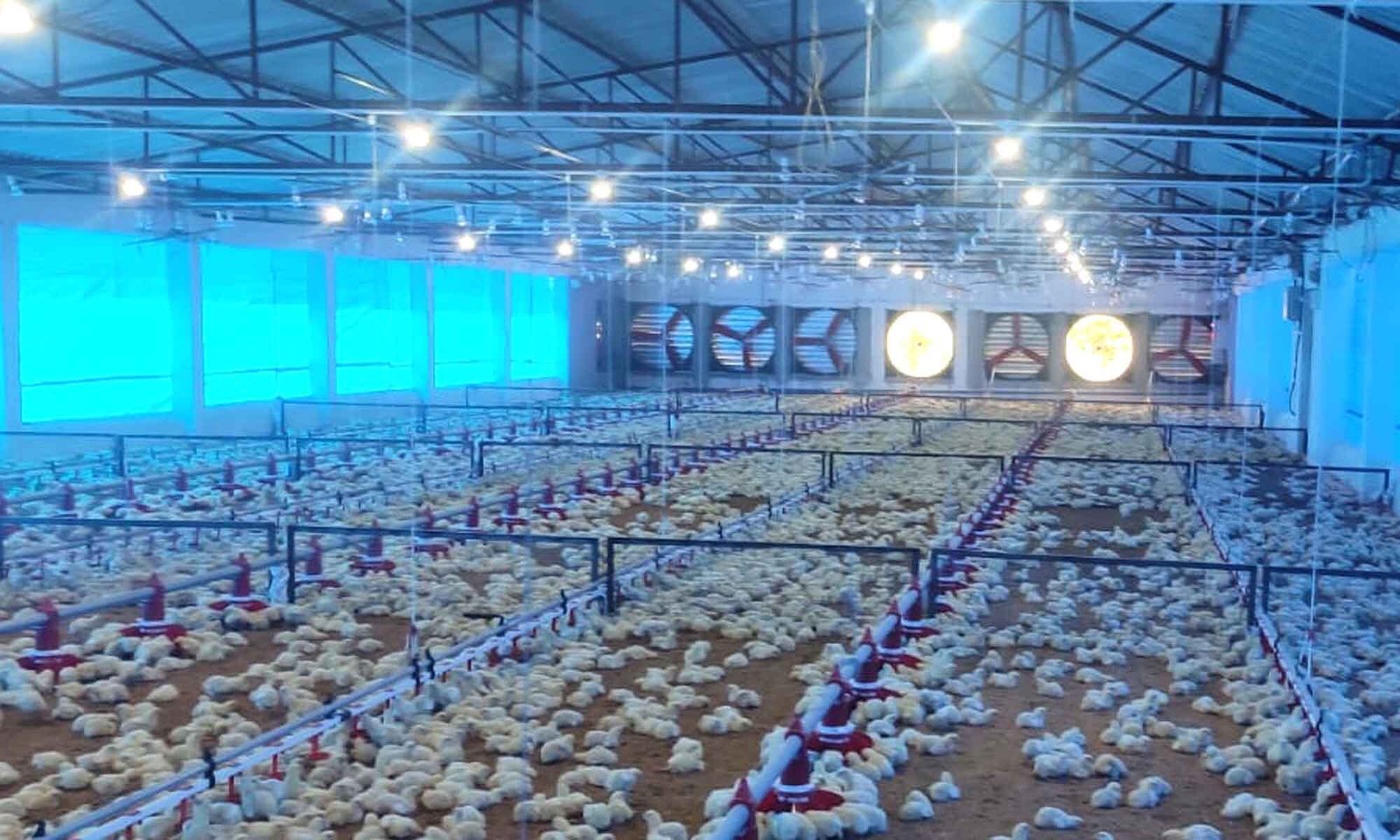Understanding Common Poultry Diseases
Poultry farming faces numerous challenges, with diseases posing a significant threat to flock health and overall production. Understanding the common diseases that can affect poultry, including their causative agents, symptoms, and potential impacts, is essential for effective prevention and management strategies. Among the most prevalent viral diseases is Avian Influenza, caused by influenza A viruses. Symptoms can range from mild respiratory issues to severe systemic illness, leading to high mortality rates. Early detection through surveillance is crucial, as outbreaks can escalate rapidly, impacting both animal health and economic stability.Newcastle Disease is another major concern for poultry farmers, resulting from infection with the Newcastle disease virus. This highly contagious viral infection manifests with respiratory distress, neurological symptoms, and gastrointestinal issues. The severity of the disease can vary based on the virulence of the virus strain. Vaccine programs play a pivotal role in controlling this disease; however, biosecurity measures must also be emphasized to prevent virus introduction into the flock.
Infectious Coryza, a bacterial disease caused by Haemophilus paragallinarum, significantly affects poultry, particularly layers. Symptoms may include nasal discharge, facial swelling, and decreased egg production. Though often treatable with antibiotics, infectious coryza can lead to substantial production losses if not monitored and managed properly. It is imperative for poultry farmers to remain vigilant in recognizing the signs of these prevalent diseases early on.
Effective disease prevention in poultry relies on the timely reporting of outbreaks, thorough flock management, and biosecurity protocols. Implementing these strategies not only safeguards individual bird health but also ensures overall productivity in poultry operations. By understanding the impacts of common poultry diseases, farmers can take proactive measures to mitigate risks and maintain a healthy flock.
Preventive Measures for Poultry Health
Maintaining the health of poultry flocks is vital for successful farming operations and can be achieved through a range of preventive measures. One of the most critical components in this effort is the implementation of vaccination protocols. Vaccines provide immunity against common poultry diseases, significantly reducing mortality rates and improving overall flock performance. Poultry farmers need to stay informed about the recommended vaccination schedules for their specific breeds and local regulations to ensure optimal health outcomes.
In addition to vaccination, robust biosecurity practices are essential. These measures are designed to prevent the introduction and spread of infectious diseases within and between farms. Effective biosecurity includes controlling access to poultry facilities, disinfecting equipment and vehicles, and isolating new birds before integrating them into existing flocks. Furthermore, monitoring and restricting movement, as well as implementing strategies such as all-in/all-out farming, can significantly minimize disease risks.
Proper housing and environmental management also play a significant role in maintaining flock health. Poultry should be housed in well-ventilated environments that provide comfort while protecting them from harsh weather conditions. Regularly monitoring air quality, temperature, and humidity levels are important to ensure optimal living conditions. Additionally, nutritional management cannot be overstated, as providing a balanced diet contributes to strong immune systems, enhancing the birds’ ability to fend off infections.
Lastly, maintaining high standards of hygiene is critical in poultry farming. Regular cleaning and sanitizing of equipment, bedding, and feed storage areas can eliminate potential disease vectors. Farmers should also ensure that water sources are clean and uncontaminated. By developing comprehensive biosecurity plans tailored to individual farming operations and implementing these preventive measures, farmers can significantly enhance the health and productivity of their poultry flocks, ultimately reducing the risk of disease outbreaks.
Monitoring and Surveillance Techniques
Effective monitoring and surveillance techniques are essential for poultry farmers aiming to prevent and manage diseases within their flocks. Routine health checks serve as the foundation of this process, allowing farmers to identify early signs of illness before they escalate into more significant health threats. Regular physical examinations, combined with assessments of behavior and feed consumption, can offer vital clues about the overall health status of the birds.
Laboratory testing is another critical component of an effective surveillance system. By conducting necessary diagnostic tests, poultry farmers can confirm the presence of pathogens and differentiate between various diseases. This proactive measure enables targeted interventions, minimizing the risk of widespread outbreaks. For instance, serological testing can reveal whether the flock has been exposed to specific diseases, thus allowing for timely vaccination or treatment decisions.
Moreover, meticulous record-keeping is indispensable. Maintaining detailed health records facilitates the tracking of individuals and groups within the flock, helping farmers monitor health trends over time. These records should include vaccination histories, incidences of illness, medication treatments, and flock performance metrics. Analyzing this data can provide insights into potential health risks, thereby enabling farmers to adjust management practices accordingly.
The advent of technology has further enhanced monitoring capabilities in poultry farms. Utilizing farm management software allows for the integration of data analytics, which can help identify patterns and trends in flock health. This technology can alert farmers to potential health crises that require immediate attention, improving overall disease management efficiency. By leveraging these advanced tools, poultry farmers can adopt a more data-driven approach to flock management, ultimately ensuring healthier birds and increased productivity.
Response Strategies for Outbreak Management
Effective response strategies are critical in managing disease outbreaks on poultry farms. When a disease is detected, immediate action is essential to contain its spread and minimize loss. The first step typically involves implementing quarantine protocols. This requires isolating affected birds and restricting movement within and between farms. Quarantine minimizes the risk of transmission to healthy flocks and allows for careful monitoring of the situation. It is essential for farmers to maintain accurate records of flock movements and health statuses to facilitate effective management.
Treatment options vary depending on the specific disease affecting the poultry. Veterinarians play a crucial role in diagnosing the ailment and prescribing appropriate medications or therapeutic interventions. These might include vaccinations, antibiotics, or other veterinary pharmaceuticals tailored to treat the disease effectively. However, the use of treatments must be assessed carefully in order to mitigate potential antibiotic resistance and ensure compliance with regulatory standards.
Culling practices represent another vital response strategy. In cases where the disease poses a significant threat, removing affected birds may be necessary to protect the remaining flock and prevent further spread. Culling must be conducted humanely and often involves coordination with local veterinary authorities to ensure compliance with established guidelines and maintain ethical standards. Reporting disease outbreaks promptly to veterinary authorities helps activate support resources and potentially limit the economic impacts on the farm.
Outbreaks can heavily impact farmers not only psychologically but also economically. The loss of livestock can lead to financial strain, alongside broader implications for the supply chain. Developing a comprehensive recovery strategy is essential. This may involve financial support mechanisms, adjusting farming practices based on lessons learned from the outbreak, and investing in improved biosecurity measures. Ultimately, the experience of a disease outbreak should inform future prevention efforts, fostering a culture of vigilance and preparedness within the poultry farming community.

